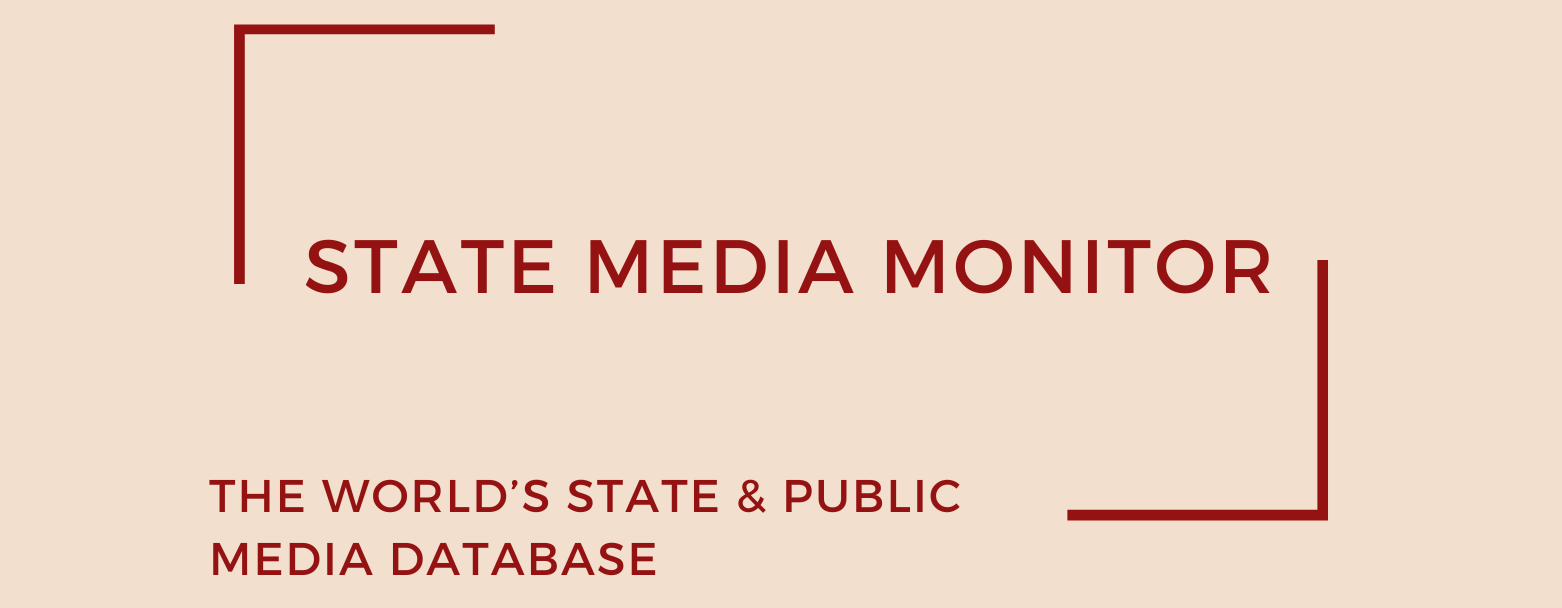Government Communication and Information System (GCIS)
The Government Communication and Information System (GCIS) functions as the central communication arm of the South African government. It provides a range of strategic messaging services across government departments, including newsletters, analytical briefings, targeted media campaigns, and three state-owned news outlets—two print publications and an online news portal. Its primary mission is to shape public perception in line with government policy and ensure coherent messaging across ministries.
Media assets
Publishing: Public Sector Manager, Vuk’uzenzele
Digital portal: SA News
State Media Matrix Typology
Ownership and governance
GCIS was established under the Public Service Act of 1994, as subsequently amended, and operates under the oversight of the Minister in the Presidency. While its day-to-day activities are administratively linked to the Ministry of Communications, the system ultimately reports to the Presidency, anchoring it firmly within the executive branch.
At the helm of the GCIS is the Director-General, who serves concurrently as the official spokesperson of the government. The Director-General also chairs the Executive Committee (Exco), which plays a key role in crafting national communication strategy and aligning media narratives with policy priorities.
In 2024, veteran civil servant Nomonde Mnukwa was appointed Acting Director-General following the resignation of previous DG Phumla Williams, but as of mid-2025, a permanent appointment has yet to be confirmed.
Source of funding and budget
GCIS is entirely funded by the state, reflecting its role as a public relations extension of the executive. In the 2022/2023 fiscal year, it was allocated approximately ZAR 720 million (around US$ 45.4 million), a significant increase from the ZAR 382 million (US$ 23.1 million) it received in 2016/2017.
Most of its budget is channeled into government media campaigns, publication costs for its flagship monthly newspaper Vuk’uzenzele, and strategic messaging operations tied to cabinet priorities. In addition to its baseline allocation, GCIS earns modest supplementary income through the sale of advertising space in Vuk’uzenzele and other internal publications, primarily to other public sector entities.
For the 2025/2026 financial year, National Treasury documentation suggests that the GCIS allocation will surpass ZAR 750 million, though concerns have been raised about overlapping functions with other state information services, including brand agencies and public broadcasters.
Editorial independence
By its very design, GCIS lacks editorial independence. It operates as a state communication apparatus rather than a journalistic outlet, with a clear mandate to promote government policy, report on service delivery, and amplify presidential messaging. Its content is exclusively geared toward showcasing the state’s achievements, often avoiding critical scrutiny or alternative viewpoints.
There is no domestic statute or regulatory framework mandating editorial independence for GCIS. The organization is not subject to independent oversight, and its leadership remains politically appointed. Its publications act as government mouthpieces, focusing on official narratives and ministerial campaigns.
Watchdogs and media experts have routinely flagged the lack of transparency and accountability within GCIS communications, particularly during national crises or election periods.
In February 2025, parliamentary committees questioned the cost-efficiency of GCIS’s Vuk’uzenzele newspaper, which continues to be printed and distributed nationwide despite declining public engagement. In June 2025, advocacy groups renewed calls for a public information charter that would distinguish government messaging from independent public interest journalism.
June 2025
Citation (cite the article/profile as part of):
Dragomir, M. (2025). State Media Monitor Global Dataset 2025.
Media and Journalism Research Center (MJRC).
Zenodo.
https://doi.org/10.5281/zenodo.17219015
This article/profile is part of the State Media Monitor Global Dataset 2025, a continuously updated dataset published by the Media and Journalism Research Center (MJRC).
